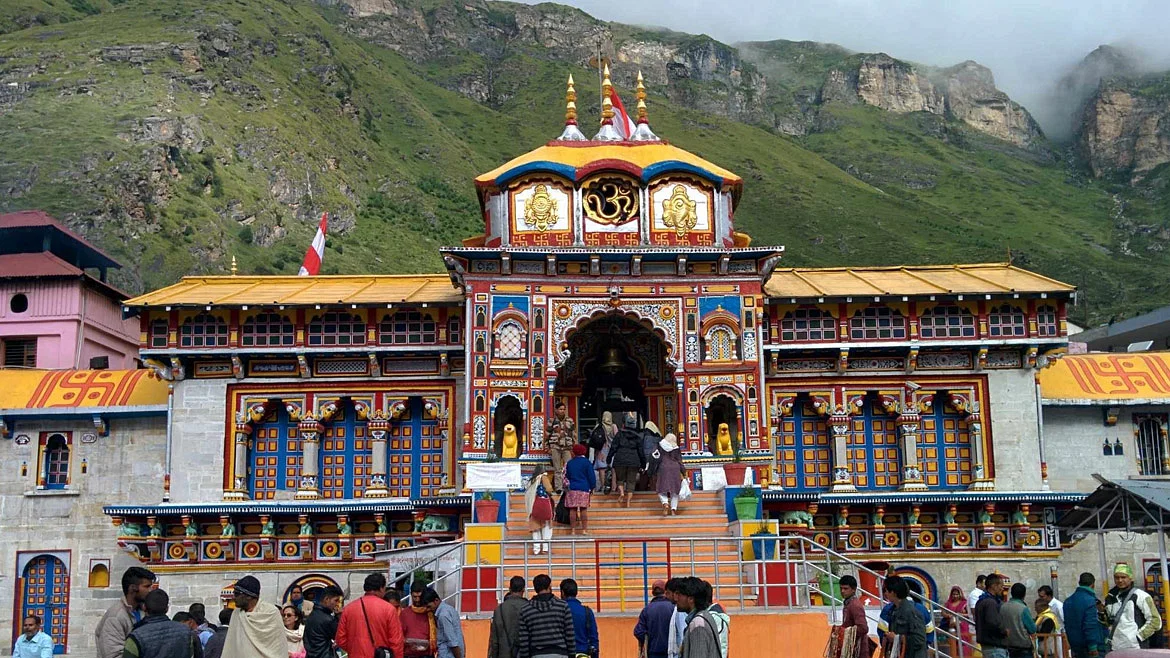Introduction
In the mystical realm of the Indian Himalayas lies a sacred pilgrimage called Chardham Yatra. This spiritual odyssey takes devout pilgrims to four holy temples nestled amidst the breathtaking beauty of Yamunotri, Gangotri, Kedarnath, and Badrinath.
However, hidden beneath the aura of divinity lies an alarming truth is that the Chardham Yatra is silently wreaking havoc on the fragile ecology of these majestic mountains.
The Deluge of Tourists
It is disheartening to witness the immense number of tourists flooding the region during the Chardham Yatra. What was once a pilgrimage undertaken by a select few has now turned into a pilgrimage of mass proportions. The surge in visitors brings a host of challenges that profoundly impact the delicate ecology of the mountains.
The increasing number of tourists has led to a surge in construction activities to cater to their needs. Roads, hotels, guesthouses, and other infrastructure have sprouted up, often at the cost of clearing vast stretches of forests. This rapid deforestation disrupts the natural habitat of countless species, causing a decline in biodiversity.
Moreover, the influx of tourists leads to increased waste generation. The lack of proper waste management systems in remote areas along the pilgrimage route exacerbates the problem. Plastic waste, food leftovers, and other non-biodegradable materials litter the mountainsides, rivers, and forests. This pollution not only degrades the visual appeal of the region but also poses a serious threat to the flora and fauna.
Geological Instability: A Disaster Waiting to Unfold
The Chardham Yatra, becomes apparent that the entire Himalayan region is geologically unstable and prone to disasters. The increased human activities associated with the pilgrimage further exacerbate this vulnerability, putting lives and ecosystems at greater risk.
The construction of roads, hotels, and other infrastructure involves extensive excavation and land disturbance. The delicate balance of the mountains is disrupted, leaving them more susceptible to landslides, avalanches, and other geological disasters. The continuous movement of people and the weight of construction activities strain the already fragile geological structures, increasing the likelihood of catastrophic events.
The aftermath of such disasters is devastating. Lives are lost, homes are destroyed, and entire ecosystems are upended. The once serene and awe-inspiring landscapes turn into scenes of tragedy. The fragility of the mountains, coupled with the increased human presence, creates a precarious situation where every step taken on this pilgrimage carries the potential for disaster.
Littered Devotion
The pilgrimage holds deep religious significance, and pilgrims often bring offerings and perform rituals along the way. However, the improper disposal of waste and the use of non-biodegradable materials have detrimental effects on the pristine environment.
Plastic waste, such as bottles, wrappers, and bags, litters the pilgrimage route and its surroundings. These items take hundreds of years to decompose, posing a severe threat to the natural ecosystem. The sacred rivers, including the Yamuna and Ganges, suffer the consequences of this negligence. Devotees often take ritual baths in these holy waters, but the excessive use of chemical substances, soaps, and other pollutants during these baths further deteriorates water quality and harms aquatic life.
Furthermore, the practice of leaving behind offerings, such as flowers, fruits, and other materials, contributes to the accumulation of waste in the mountains and forests. While these offerings may hold deep religious symbolism, their improper disposal leads to ecological degradation. The once-pristine landscapes are marred by the sight of discarded offerings, disrupting the natural beauty of the surroundings.
A Chaotic Symphony on Narrow Mountain Roads
The pilgrimage season witnesses a massive influx of vehicles, including private cars, buses, and taxis. The limited capacity of these mountain roads is quickly overwhelmed by the sheer number of vehicles, leading to long traffic jams and congestion.
The constant honking, emissions from vehicles, and road expansions scar the once-untouched landscape. The construction of wider roads and the widening of existing ones often involve cutting into the mountainsides, further disrupting the ecological balance. This expansion comes at a high cost, with forests being cleared and slopes destabilized, increasing the risk of landslides.
Additionally, the traffic congestion negatively impacts the local communities and their way of life. The flow of daily activities is disrupted, transportation becomes difficult, and emergency services may be hindered in case of any untoward incidents. The peaceful existence of mountain dwellers is overshadowed by the noise and commotion brought about by the pilgrimage traffic.
Conclusion
The Chardham Yatra carries profound spiritual significance, but we cannot ignore the devastating impact on the fragile ecology of the mountains. Urgent measures are needed to preserve this natural paradise, embracing sustainable tourism practices, waste management, and responsible infrastructure development.
To truly experience the divinity of the Chardham Yatra, pilgrims must embrace the responsibility to protect and conserve the sacred environment for generations to come. Only then can we embark on this spiritual journey with a clear conscience, knowing that our footprints are leaving a positive legacy instead of an ecological catastrophe.
Let us embark on this path of devotion hand in hand with Mother Nature, preserving the sanctity of the Chardham Yatra while safeguarding the future of the magnificent mountains.

